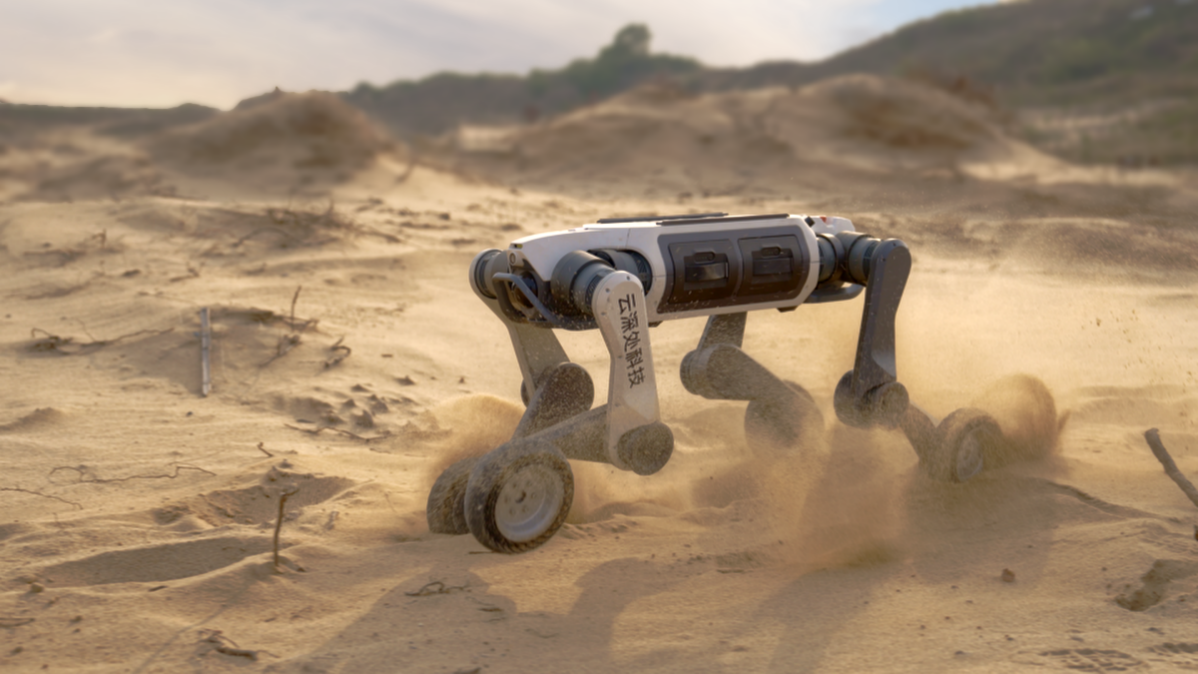DEEP Robotics Reinvents UHV Inspections with Wheel-Legged Robot

- DEEP Robotics’ LYNX M20 combines wheels and legs to navigate complex, maze-like substation layouts.
- Its 95%+ detection accuracy enables autonomous inspections where human access is limited or unsafe.
Power stations that move electricity over long distances—called ultra-high voltage (UHV) substations—are tough to inspect. They come with what the industry calls the "three highs": high safety risks for people, highly complex equipment layouts, and low efficiency in high-precision fault detection. DEEP Robotics built the LYNX M20 to take on these challenges directly.
The robot combines the speed of wheeled systems with the agility of legged ones, making it the world’s first industry-grade wheel-legged robot built specifically for hazardous, uneven terrain. Its proprietary intelligent motion control algorithms guide it through cable trenches, grating floors, and raised platforms that block traditional machines. With IP66 protection and a -20°C to 55°C operating range, it performs in dust, rain, hail, and sandstorms. Dual-spectrum pan-tilt cameras and a bidirectional fill light system keep inspections running day or night.
LYNX M20 operates autonomously, using advanced sensing and motion control to inspect equipment, detect faults, and generate reports without human input. It handles precision tasks across live gear and complex layouts, including meter reading, discharge detection, and valve operation. DEEP Robotics reports detection accuracy exceeding 95% for the LYNX M20. In an earlier project, its X30 model achieved 96.5% identification accuracy at a booster station in the Gobi Desert.
Navigation is just as advanced. A LiDAR system gives the robot 360°×90° visibility, helping it avoid obstacles and move through areas too tight or hazardous for other inspection tools. It's built-in AI can compare current readings to historical data to spot potential problems early. Looking ahead, DEEP Robotics envisions linking LYNX M20 with drones and fixed sensors into a coordinated maintenance system, capable of inspecting equipment from every angle, in real time.
Source: YouTube / DEEP Robotics
🌀 Tom’s Take:
LYNX shows why the best robotic tools aren't shaped like humans; they're shaped for the job. It's purpose-built for hazardous, complex environments where people shouldn't go, and packed with sensors that let it operate longer, safer, and with better visibility than any manual crew.
Source: ACCESS Newswire / DEEP Robotics






